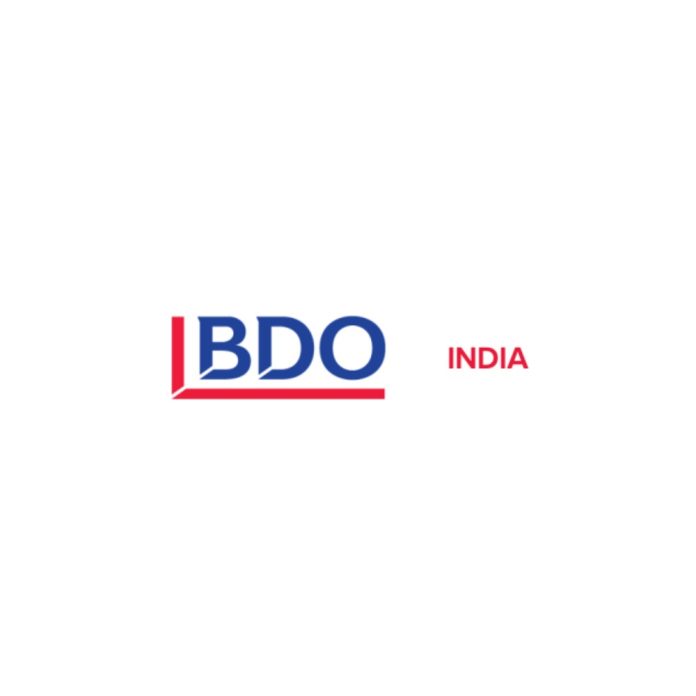
Ritesh Kumar, Partner, M&A Tax and Regulatory Services, BDO India, shared his views on the AIF (Alternative Investment Funds) circular by The RBI with TEAM ESTRADE,
With the objective to curb malpractices around evergreening of loans, The Reserve Bank of India on 19 December 2023 has issued a directive tightening norms for investment by regulated entities in Alternative Investment Funds (“19 December Instructions”). The 19 December Instructions prohibits a regulated entity from making an investment in any scheme of AIF which has downstream investments either directly or indirectly in a debtor company of the regulated entity. The debtor company of the Regulated Entity, for this purpose, shall mean any company to which the Regulated Entity currently has or previously had a loan or investment exposure anytime during the preceding 12 (twelve) months. Where a regulated entity is already an investor into a AIF which makes a downstream investment in any such debtor company, then the regulated entity has to liquidate its investment in the AIF within 30 days from the date of such downstream investment by the AIF. If Regulated Entities have already invested into such schemes having downstream investment in their debtor companies as on date, the 30 (thirty) day period for liquidation shall be counted from date of issuance of the notification. Regulated Entities are required to forthwith arrange to advise the AIFs suitably in the matter. In case Regulated Entities are not able to liquidate their investments within the above-prescribed time limit, they are required to make 100% (one hundred percent) provision on such investments.
What are the Implications of balancing transparency with market sensitivity in financial transactions?
The aforesaid instructions come with a stated background that it has come to the notice of The RBI when certain transactions of regulated entities involving investments into AIFs raise regulatory concerns and that those transactions have entailed substitution of direct loan exposure of REs to borrowers, with indirect exposure through investments in units of AIFs. What needs to be understood from The RBI is whether regulated entities will be required to furnish a list of their customers/ customers which AIF is evaluating to the AIFs on a periodic basis such that the AIF is in a position to ensure that they do not invest into these debtor companies? Should the data exchange be permitted and are there sny other risks associated with it? What if a regulated entity is listed on Indian stock exchanges, will this information be classified as ‘unpublished price sensitive information’? For example, if Bank A was to confirm that Listed Company X has been approved credit from Bank A and thereby the AIF was prohibited from investing, would this information received by the AIF manager classify as ‘unpublished price sensitive information’? These instructions needs further calibration.
“The instruction appears to overlook the independence of the investment manager and presumes a malafide intent by default.”
What is the impact on a Banks’ AIF Investments?
The Directive has made it prohibitive for banks and other regulated entities to invest into AIFs. While we recognize that some AIFs and regulated entities may have misused the current framework by engaging in evergreening of loans so that the default in loan repayment does not turn it into a non-performing asset (NPA) requiring the entities to make higher provisions, a broad-brushed based prohibition is likely to do more harm than good to the funds industry at large. The harsh implementation timeline of 30 days adds to the chaos created by this instruction given that units of AIFs are not fully liquid. Besides, the 30-day window will create a buyers’ market which will very lead to banks having to incur actual losses in disposing their investments. Assuming the banks were to create a provision for such debt investments, there is a chance that this will impact the financial results of the bank and in case of listed entities, impact market capitalisation.
“A simpler approach for The RBI could have been to want regulated entities to refrain from investing in opportunities involving companies that are debtors of the bank.”
Kindly share more light on the AIF, RBI’s role and overall impact on a Banks’ AIF Investments.
Banks have been an active source of investments into Indian AIFs and what this instruction does is it penalises them for making investments into AIFs dehors of the bonafides of such investment. This instruction also overlooks the essential fact that no one Limited Partner is in a position to decide or control the management of the AIF and that the fund managers (along with an Investment Committee, in some cases) take the investment decisions. The instruction appears to overlook the independence of the investment manager and presumes a malafide intent by default.
The RBI might have improved the situation by consulting SEBI before implementing such a strict guideline. Today, the AIF regulations allow the fund manager of an AIF to exclude an investor from participating in a particular investment opportunity, if the manager of the AIF is satisfied that the participation of such an investor in the investment opportunity will lead to the scheme of the AIF being in violation of applicable law or regulation or will result in a material adverse effect on the scheme of the AIF. A simpler approach for The RBI could have been to want regulated entities to refrain from investing in opportunities involving companies that are debtors of the bank.





